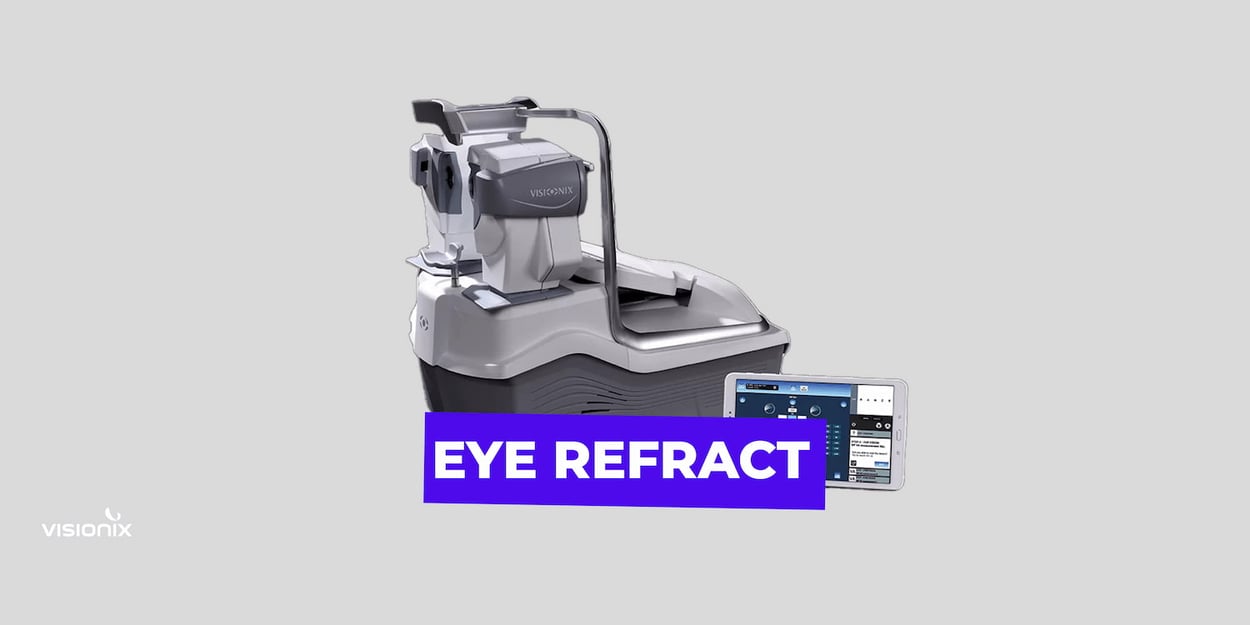Is the gain of visual acuity measured in binocular vision linked to modifications of the refractive errors measured in monocular vision for subjects suffering from myopia?
OPTOMETRY & OPHTHALMOLOGY
The original article was published in Investigative Ophthalmology & Visual Science.

Abstract
Purpose: H. Kobashi et al. have demonstrated that subjective spherical refraction in monocular vision was significantly more myopic than in binocular vision; their study was based on subjective visual acuity (VA) measurements and on refractive errors of the right eye measured using a monocular Shack-Hartmann device. The aim of this study was to bring additional outcomes to Kobashi’s study through the comparison of the objective refractive error measured simultaneously for the two eyes, i.e. in binocular vision.
Methods: Retrospective data from 136 myopic eyes (68 subjects) over 0.25 diopter, without further ophthalmologic pathology, were analyzed. Refractive measurements were carried out using an automated refractometer, Visionix’s Eye Refract. The measurement protocol includes an objective measure of the spherical ametropia and the astigmatism simultaneously for both eyes. Measurements are made twice at 10 minutes interval. The decimal VA is noted after the optical compensation is automatically applied by the Eye Refract device. Student’s tests, Wilcoxon’s tests, and Spearman’s tests have been applied to evaluate the repeatability of the measurements, and to compare the values of sphere, astigmatism and VA obtained under conditions of both binocular and monocular vision
Results: For all comparisons between measurements, the Student’s and the nonparametric Wilcoxon's tests demonstrate the good repeatability of the two series of measurements. The high correlation coefficients, >0.98 for the sphere and >0.91 for the cylinder , show that the measurements obtained in binocular vision and in monocular vision are very similar. In terms of VAs assessments, the results show a difference between the binocular and monocular vision, with a better VA of about one line (in the VA chart) observed in the binocular vision.
Conclusions: The results of this study agree with those of H. Kobashi et al. regarding the increase of the binocular visual acuity compared to the monocular vision. Moreover, they show that this gain of subjective VA, observed between binocular and monocular vision, is not linked to variations in the spherical and cylindrical refractive error for patients with myopia.
